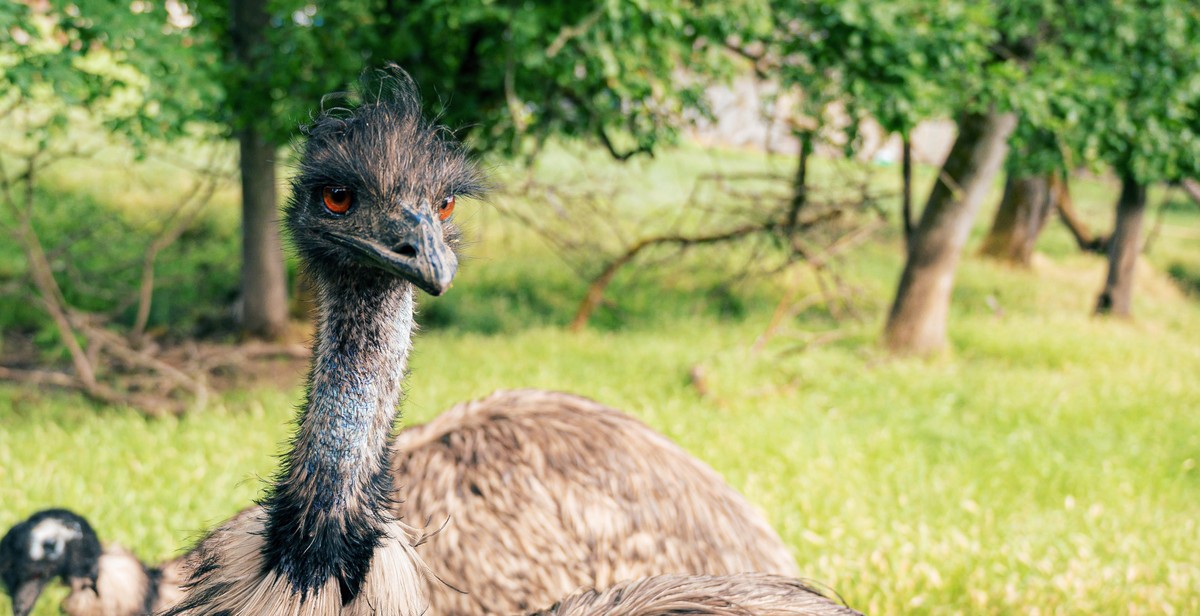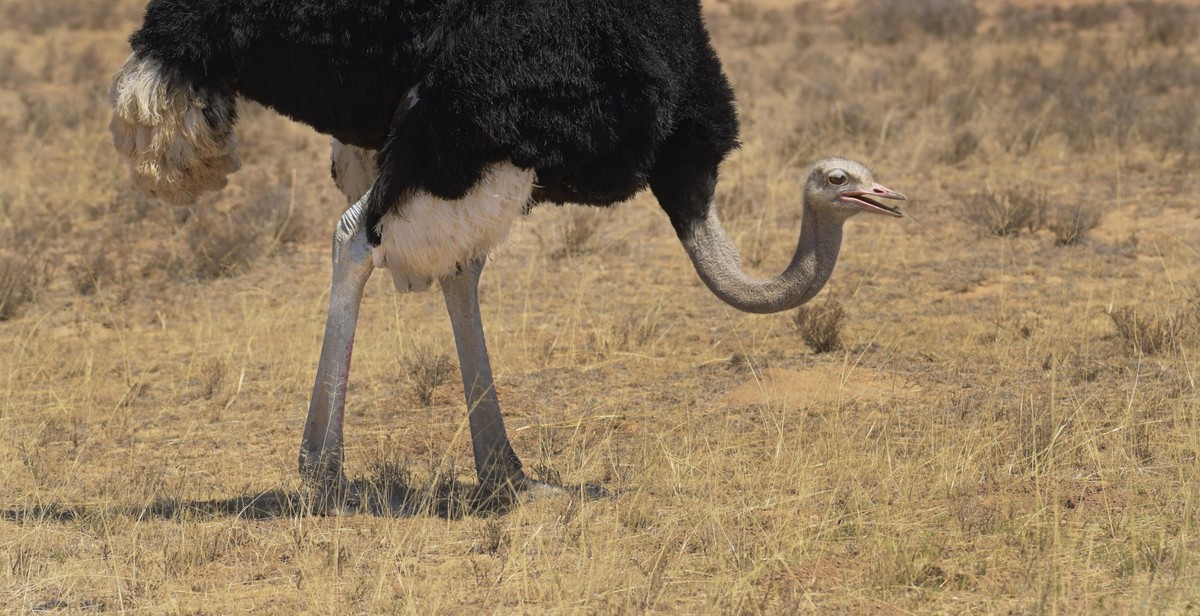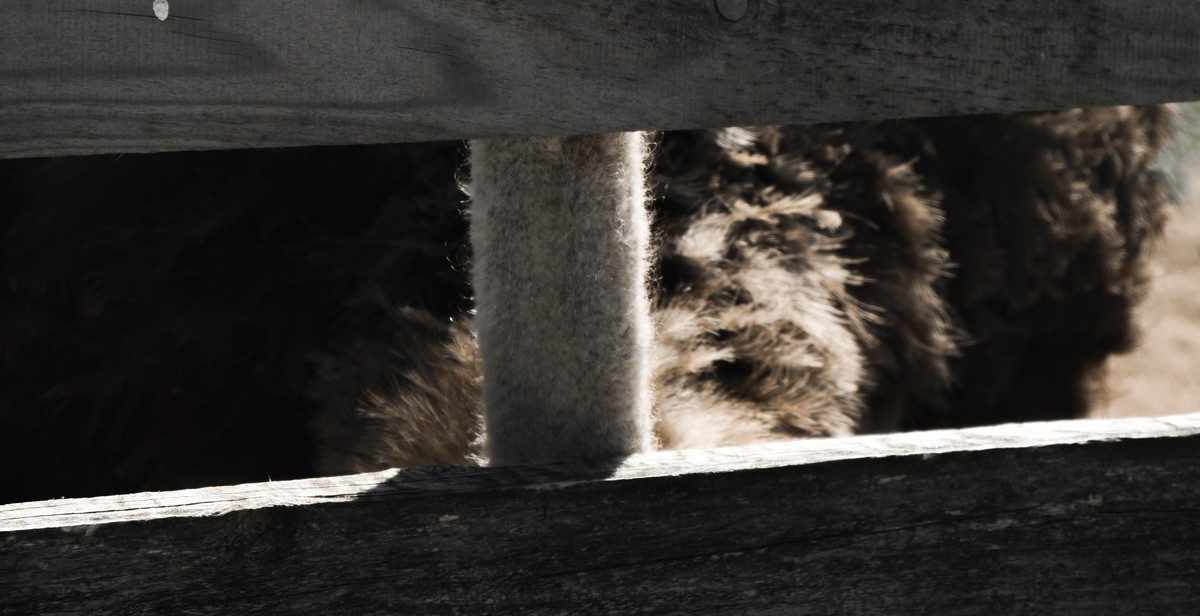How to Choose the Right Breed of Ostrich: Factors to Consider When Selecting Ostriches for Farming
As a professional ostrich farmer, I have seen the importance of selecting the right breed of ostrich for farming. The breed of ostrich you choose can determine your success or failure in the ostrich farming business. It is crucial to consider various factors before selecting the breed of ostrich that suits your farming needs.
Factors to Consider When Selecting Ostriches for Farming
- Purpose of farming: Different breeds of ostriches are suitable for different purposes, such as meat, leather, or feather production. You should choose a breed that meets your farming goals.
- Climate: Ostriches are sensitive to temperature changes, and some breeds can adapt better to cold or hot climates. Consider your farm’s location and climate before selecting a breed.
- Feed requirements: Different breeds of ostriches have different feed requirements and growth rates. You should choose a breed that is easy to feed and has a good growth rate.
- Health: Some ostrich breeds are more prone to diseases than others. You should choose a breed that is healthy and has a good resistance to diseases.
These are just a few factors to consider when selecting the right breed of ostrich for farming. In this article, we will discuss in detail how to choose the right breed of ostrich for your farming needs.

Factors to Consider When Choosing an Ostrich Breed
Choosing the right breed of ostrich for farming is crucial to the success of your business. There are several factors to consider when selecting ostriches, including their climate adaptability, disease resistance, growth rate and meat quality, and egg production and hatchability.
Climate Adaptability
One of the most important factors to consider when selecting an ostrich breed is their ability to adapt to your farm’s climate. Some ostrich breeds are more resistant to extreme temperatures, while others thrive in mild climates. It is crucial to choose a breed that can withstand the weather conditions in your area to ensure their health and productivity.
Disease Resistance
Another crucial factor to consider when selecting an ostrich breed is their resistance to diseases. Some breeds are more susceptible to certain diseases than others, and it is important to choose a breed that has a strong immune system and can resist common ostrich diseases. This will help reduce the risk of losing birds to illnesses and ensure the overall health of your flock.
Growth Rate and Meat Quality
The growth rate and meat quality of ostriches are also important factors to consider when choosing a breed. Some breeds grow faster than others and have better meat quality, which can impact the profitability of your farming business. It is essential to choose a breed that has a high growth rate and produces meat that meets the market’s demand for quality and taste.
Egg Production and Hatchability
If you plan on breeding ostriches for their eggs, you need to consider their egg production and hatchability rates. Some breeds produce more eggs than others, while some have a higher hatchability rate. It is crucial to choose a breed that can produce enough eggs to meet your market demand and has a high hatchability rate to ensure the success of your breeding program.
Conclusion
Choosing the right breed of ostrich is crucial to the success of your farming business. By considering factors such as climate adaptability, disease resistance, growth rate and meat quality, and egg production and hatchability, you can select a breed that will thrive in your farm’s environment and meet your market demand.

Popular Ostrich Breeds for Farming
When it comes to ostrich farming, choosing the right breed is crucial for success. The following are some of the most popular ostrich breeds for farming:
Black Neck Ostrich
The Black Neck Ostrich is one of the most common ostrich breeds and is often used for commercial farming. It is known for its dark feathers on its neck and legs and is native to Africa. Black Neck Ostriches are known to be docile and easy to handle, making them a popular choice for beginners. They also have a high egg production rate, making them a profitable choice for farmers.
Blue Neck Ostrich
The Blue Neck Ostrich is another popular breed for farming. It is similar in appearance to the Black Neck Ostrich but has blue feathers on its neck and legs. Blue Neck Ostriches are known for their adaptability and can thrive in a variety of climates. They are also known for their high-quality meat, making them a popular choice for meat production.
Red Neck Ostrich
The Red Neck Ostrich is a unique breed known for its bright red feathers on its neck and legs. It is native to Africa and is often used for commercial farming. Red Neck Ostriches are known for their hardiness and can adapt well to different environments. They are also known for their high-quality leather, making them a profitable choice for farmers.
Masai Ostrich
The Masai Ostrich is a large and impressive breed known for its vibrant blue neck and legs. It is native to Africa and is often used for commercial farming. Masai Ostriches are known for their high egg production rate and are also popular for their meat and leather. They are a hardy breed and can adapt well to different environments.
| Breed | Appearance | Temperament | Uses |
|---|---|---|---|
| Black Neck | Dark feathers on neck and legs | Docile and easy to handle | High egg production |
| Blue Neck | Blue feathers on neck and legs | Adaptable | High-quality meat |
| Red Neck | Bright red feathers on neck and legs | Hardy | High-quality leather |
| Masai | Vibrant blue neck and legs | Hardy | High egg production, meat, and leather |
When selecting an ostrich breed for farming, it is important to consider factors such as temperament, egg production, meat quality, and adaptability to different environments. The four breeds mentioned above are popular choices for commercial ostrich farming and can be a profitable investment for farmers.

Conclusion
Choosing the right breed of ostrich is crucial to the success of your ostrich farming venture. As we have seen, there are several factors to consider when making this decision. You need to think about the climate and environment in which the ostrich will be raised, the purpose of the farming venture, and the market demand for the breed you choose.
It is also important to consider the temperament and behavior of the ostrich breed you select. Some breeds are more aggressive than others, and this can have implications for the safety of the handlers and the ostriches themselves.
Ultimately, the breed you choose should be well-suited to the conditions and goals of your ostrich farming operation. It should be healthy, easy to manage, and able to produce the desired output, whether that is meat, eggs, feathers, or all of the above.
By taking the time to research and carefully evaluate your options, you can make an informed decision that will set you up for success in the ostrich farming industry.
| Factor | Considerations |
|---|---|
| Climate and environment | Temperature, humidity, altitude, and terrain |
| Purpose of farming venture | Meat, eggs, feathers, or all of the above |
| Market demand | Local and global demand for ostrich products |
| Temperament and behavior | Aggressiveness, docility, and ease of handling |
